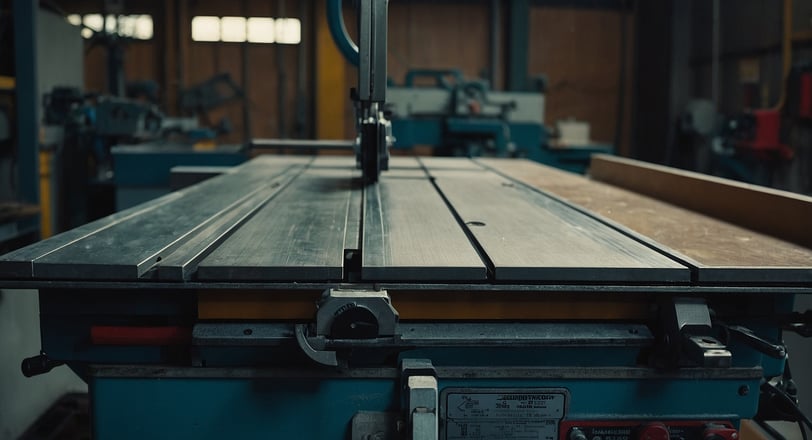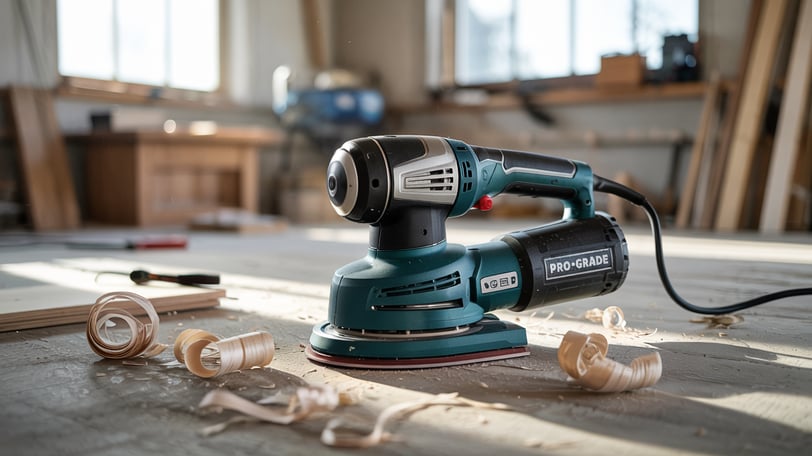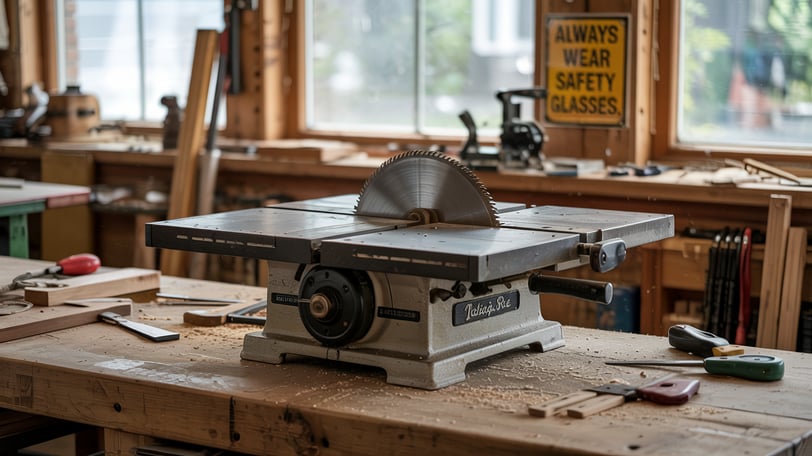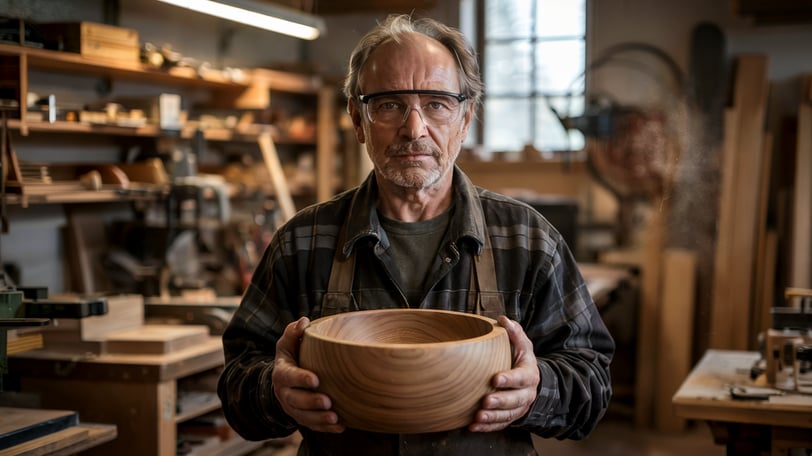Choosing the Right Woodwork Machines for Your Projects
Explore essential woodwork machines and their practical uses to enhance your woodworking projects. Learn expert tips for selecting the right tools for your workshop.


Woodworking has always been a craft that blends precision, creativity, and hands-on skill. Whether I’m working on a small weekend project or tackling something more complex, I’ve learned that having the right tools makes all the difference. Woodworking machines, in particular, have become essential in my workshop—they help me cut, shape, and finish wood more efficiently and with better accuracy. In this guide, I want to walk you through the different types of woodwork machines I’ve come to rely on, what they’re used for, and a few tips I’ve picked up along the way to help you choose the right one for your own projects.
Introduction to Woodwork Machines
Woodwork machines are tools designed to handle the heavy-duty tasks of cutting, shaping, and finishing wood. They range from simple hand-operated devices to complex, computer-controlled machinery. These machines enhance productivity and accuracy, making it easier to complete projects faster and with greater precision.


1. Types of Woodwork Machines
a. Table Saws
Table saws are one of the most versatile and commonly used woodwork machines. They consist of a circular saw blade mounted on an arbor, driven by an electric motor. Table saws are ideal for making straight cuts, crosscuts, and rip cuts. They are essential for cutting large panels and lumber to size.
b. Band Saws
Band saws feature a long, continuous blade that moves between two wheels. This design allows for cutting curves and intricate shapes. Band saws are also useful for resawing thick lumber into thinner pieces and cutting irregular or decorative edges.
c. Planers
Planers, also known as thicknessers, are used to create uniform thickness in boards. They consist of rotating blades that shave off layers of wood, ensuring that both sides of a board are parallel and smooth. Planers are essential for preparing rough lumber for use in fine woodworking projects.
d. Jointers
Jointers are used to create flat surfaces along the edges of boards. They are perfect for preparing edges before gluing boards together to form wider panels. Jointers ensure that the edges are square and smooth, which is crucial for strong, seamless joints.
e. Lathes
Wood lathes are used for turning wood pieces into cylindrical shapes. They are commonly used for making table legs, spindles, and decorative items. Lathes hold the wood and rotate it while various tools are used to shape and smooth the surface.
f. Sanders
Sanders are essential for achieving a smooth finish on wood surfaces. There are several types of sanders, including belt sanders, orbital sanders, and drum sanders. Each type serves a specific purpose, from rough sanding large surfaces to fine finishing detailed areas.
g. Routers
Routers are used for hollowing out an area in the face of a piece of wood. They are versatile tools that can create intricate patterns, shapes, and grooves. Routers are often used for decorative edge treatments and joinery work.orking endeavors.


2. Choosing the Right Woodwork Machine
Selecting the right woodwork machine depends on several factors, including the type of projects you undertake, the space available in your workshop, and your budget. Here are some tips to help you make an informed decision:
a. Identify Your Needs
Determine the types of cuts and shapes you will be making most frequently. For example, if you primarily work with large panels, a table saw may be more essential than a lathe. Conversely, if you focus on decorative items, a lathe and router might be more useful.
b. Consider Space and Budget
Woodwork machines can be large and expensive. Ensure that you have enough space in your workshop to accommodate the machine you choose. Additionally, consider your budget. While it's tempting to buy the most advanced machine, it's often more practical to start with a basic model and upgrade as your skills and needs evolve.
c. Quality and Brand
Investing in high-quality machines from reputable brands can save you money in the long run. Reliable machines tend to be more durable, require less maintenance, and deliver better performance. Read reviews, ask for recommendations, and consider the availability of spare parts and customer support.


3. Safety Tips for Using Woodwork Machines
Safety should always be a priority when using woodworking machines. Here are some essential safety tips to keep in mind:
a. Wear Protective Gear
Always wear safety glasses, hearing protection, and appropriate clothing when operating woodwork machines. Avoid loose clothing and jewelry that could get caught in moving parts.
b. Follow Manufacturer's Instructions
Read and follow the manufacturer's instructions for each machine. Proper use and maintenance are crucial for safe operation and longevity of the equipment.
c. Keep Your Work Area Clean
A cluttered workspace can lead to accidents. Keep your work area clean and organized, and ensure that there is adequate lighting.
d. Use Push Sticks and Guards
When working with table saws and other cutting machines, use push sticks and blade guards to keep your hands safe from the blades.
e. Disconnect Power When Not in Use
Always disconnect the power supply when changing blades, bits, or performing maintenance on your machines.
For me, woodwork machines have become the backbone of my workshop. They’ve helped me work faster, more accurately, and with a level of quality I couldn’t achieve by hand alone. Whether it’s a table saw, a band saw, a planer, or a lathe—each one plays a specific role, and learning how to use them properly has made a huge difference in the way I approach every project.
No matter where you are in your woodworking journey—just starting out or already experienced—getting familiar with these machines and what they’re capable of is key. I always say: invest in good tools, take safety seriously, and never stop learning. That’s how I’ve been able to turn rough pieces of wood into something truly beautiful and useful—and you can, too.
